Blue food is too often left out of debates on food systems and food security. The physical inaccessibility of aquatic creatures, habitat and resources create their cultural invisibility - meaning their role in solutions goes unexplored, and key issues unaddressed. Learning from the Blue Humanities, IIED Researcher Giulia Nicolini calls on us to think blue food back into food systems - and so into their transformation. This essay draws on IIED’s ‘What about seafood?’ paper and work on aquatic foods.
Giulia Nicolini is a researcher at the International Institute for Environment & Development (IIED). She works at the intersection of food and environmental issues, including blue foods and their role in the future of the UK food system. Giulia is also a PhD student in Anthropology at the University of Exeter, based in the Centre for Rural Policy Research. Her doctoral research explores how taste and demand for seaweed as a food are changing in the UK.
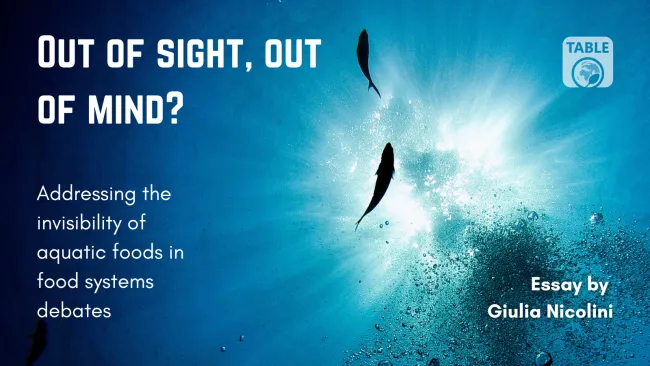
At the end of 2024, Defra announced its commitment to creating an ‘ambitious’ new food strategy, a development which was welcomed by many in the food policy space. Steve Reed MP, Secretary of State for Environment, Food and Rural Affairs, promised to take a ‘joined-up and systems-wide’ approach. This sounds promising – but Mr Reed risks falling short of his ambitions if he ignores the fisheries, aquaculture and broader seafood sectors, as so many before him have done.
Earlier in 2024, Members of the UK Parliament met to debate national food security, how it is being impacted by environmental change, and what the British Government should do about it. The roughly two-hours-long session touched on everything from insect decline and soil health to food waste, dietary guidelines and biosecurity. But aquatic foods – that is, the many edible plants and animals that come from water – were not mentioned once.
Perhaps this omission should have come as a surprise in a country surrounded by water. But to me, it was merely confirmation that aquatic foods are still regularly left out of debates about food systems – not just Parliamentary debates, but most mainstream media, research and policy conversations about food systems too.
I say still because I am not the first person to make this point. Academics argue that aquatic foods have long been ignored in research on sustainable diets, food and nutrition security, wildlife conservation, animal welfare, and food systems. This pattern is by no means confined to the UK: calls to recognise aquatic foods come from around the world, and have been equally directed at local, national and global policy fora, such as the UN food systems summit.
From ‘fish as food’ to the role of aquatic foods in food systems transformation
The argument for including aquatic foods in food systems debates builds on calls to ‘recognise fish as food.’ Fisheries and marine scientists have argued that in policy and funding for development, fish are viewed primarily as a natural resource to be managed for short-term economic profit, and protected to conserve biodiversity, rather than for their contributions to food and nutrition security. The implications of not viewing fish as food are framed around the untapped potential of aquatic foods to help alleviate global hunger and malnutrition. The term ‘aquatic foods’ encompasses almost 3,000 wild and domesticated animal species, many of which have been found to be more nutrient-rich than meat from livestock and poultry.
More recently, attention has shifted to recognising the role of aquatic foods in food systems ‘transformation’. This is also in part about missed opportunities: the exclusion of aquatic foods from wider food system debates ignores their potential role in shifting food systems towards increased equitability and sustainability. For example, farmed bivalves (e.g. clams and mussels) can be both nutrient dense and have a low environmental impact. Shifting food systems to increase their production and consumption could simultaneously improve diets and reduce the environmental impact of food systems. By ignoring the potential contributions of aquatic foods to food systems transformation, we underestimate the role they could play – and already play for millions of people around the world – in livelihoods, diets, cultures and economies.
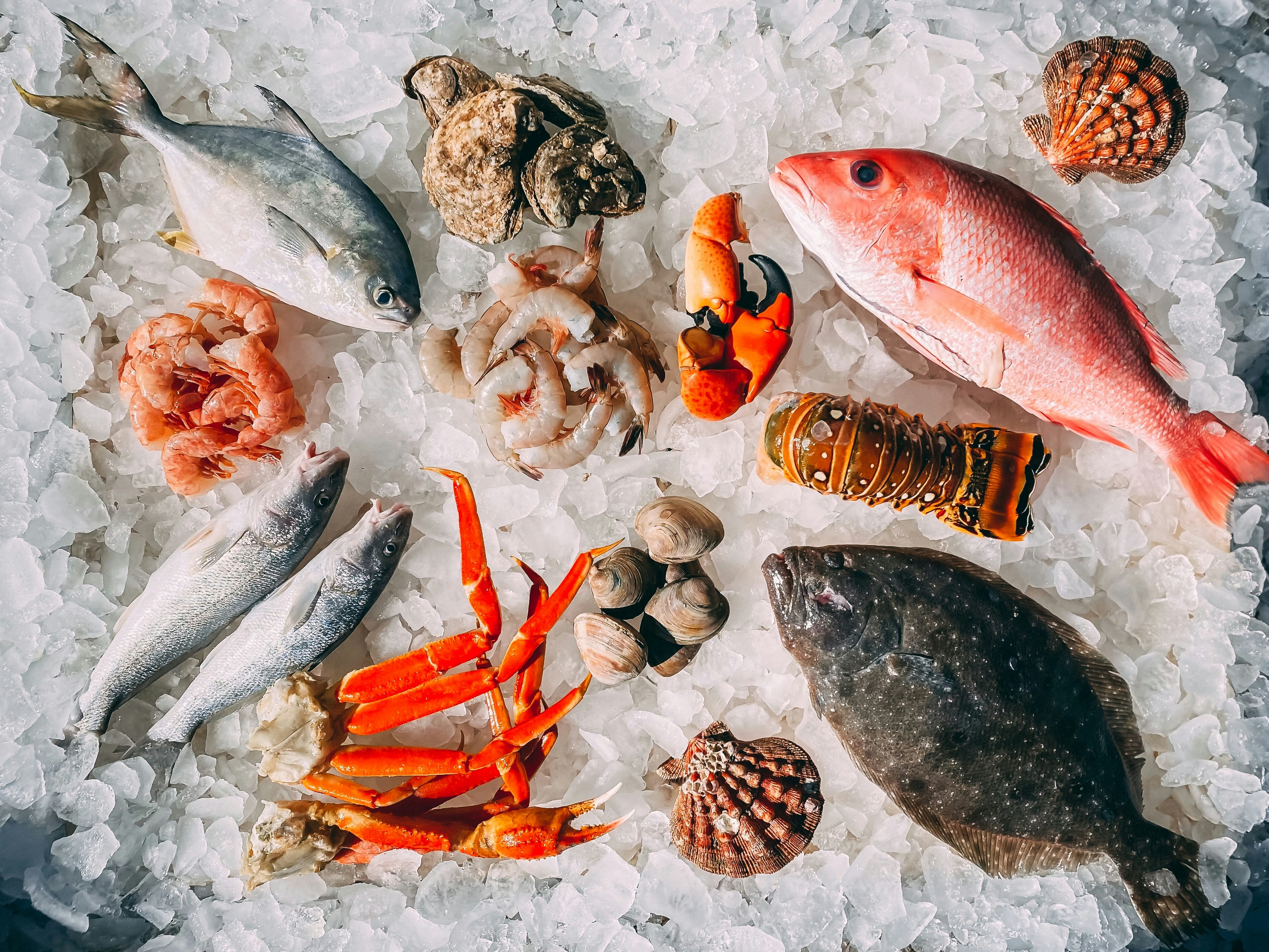
Image by Mike Bergmann via Unsplash.
But the argument for integrating aquatic foods into the food systems transformation conversation goes beyond mourning what could have been. When it comes to actively intervening to change the food system, ignoring such a big part of it could have unintended consequences. For example, the growing use of wild fish in livestock feed highlights the need to manage ‘trade-offs between aquatic and terrestrial systems’. Any future vision of the food system that doesn’t include food from water will necessarily be a partial one – which doesn’t seem like much of a systems perspective at all.
Linking the invisibility of food and nature
What lies at the root of this terrestrial dominance over food systems thinking? This is something I set out to explore with colleagues in the UK earlier this year, starting with a working paper and an expert workshop. The idea that aquatic foods are ‘out of sight, out of mind’ has come up repeatedly.
This popular phrase conveys an intuitive and persuasive idea – that the low cultural and intellectual profile of aquatic foods is connected to their physical invisibility. Anthropologist Kaori O’Connor links the invisibility of aquatic foods with the idea of ‘the invisible Blue, the marine and coastal places that people do not ‘see’ or care for’. This hints at how, by virtue of being underwater, or far out at sea, many of the harms that befall aquatic ecosystems – from overfishing to coral bleaching – are missed or too easily ignored.
O’Connor expands on this idea in her discussion of ‘invisible foodscapes’ – foods that are not eaten or seen to be ‘edible’. O’Connor suggests that the invisibility of food from the sea (or ‘blue foods’) can take many forms: cultural, culinary, administrative, judicial, commercial and nutritional. For example, although there is increasing interest in farming seaweed as a low-emission food source in the UK, macroalgae cultivation is not explicitly included in guidance on the marine aquaculture licensing process, which covers only finfish and shellfish farms. Or take small-scale fisheries – they contribute around 40% of annual global catch, but their activities and labour are often informal. This means they tend not to be counted in official statistics, and also that they are excluded from social protection schemes, such as unemployment insurance, leaving them more vulnerable to shocks.
In the UK, even though the country is made up of islands, most people do not live near the coast, and access to waterways is restricted. Watery nature is arguably even less visible than the fields of crops that border our roads and railway lines, or livestock grazing on the pastures and hills that our footpaths cut across. The exclusion of aquatic foods from debates about food systems could therefore be traced in part to the relative invisibility of marine and freshwater environments.
Making ‘blue’ nature visible: the ocean and cultural representation

Image by Biljana Martinic via Unsplash.
The ‘out of sight, out of mind’ framing implies that we simply need to make people above water more aware of life underwater for them to pay more attention to aquatic foods. But history is replete with examples of the increased visibility of marine ecosystems having unintended consequences for shared ways of thinking about fish, food and the environment, particularly in European and North American cultures.
John Simons shows how the craze for public, and later, domestic aquariums in the UK during the Victorian era made fish ‘visible in entirely new ways.’ This visibility was connected to a growing interest in the sea, coastal ecosystems and marine science. However, Simons argues that the way fish were made visible – in glass tanks, rock pools and game fishing – led to their commodification as objects of entertainment. And with the development of commercial fish farming in the late 1870s, fish were shaped into objects of commerce.
Similarly, Sidney Dobrin, a leading expert in the emerging field of ‘blue ecocriticism’, connects the historical treatment of fish as ‘economic artifact rather than living organism’ with cultural representations of the ocean as vast and ‘limitless’. These representations led to depictions of fish as an aggregate mass, rather than as individual animals.
Depictions of the ocean in literature and the visual arts can increase the visibility of seafood, but they can also lead to their inclusion in debates about food in very specific – often purely economic – terms. This is precisely the kind of framing that fisheries and marine scientists have been trying to deconstruct and reframe through their calls to ‘recognise fish as food’. What the above historical examples suggest is that, in putting aquatic foods on the food systems agenda, it is not just the visibility of aquatic or blue nature that matters, but how it is made visible.
Rethinking food systems debates from the water: learning from the Blue Humanities
Visual and textual depictions of nature in art, science and culture shape how we think about the environment and our relationship to it. In turn, these ideas influence governance, research and practice related to both nature and food. How can we reshape our cultural ideas about aquatic ecosystems so that they inspire new ways of thinking about aquatic foods? One source of inspiration is the transdisciplinary field of ‘blue humanities’ or ‘blue cultural studies’, which has coalesced around a perceived need to pay more attention to the ocean, and water in all its forms, in academic disciplines concerned with human-environment relationships.
Blue humanities scholars argue that applying ‘land-based logics’ to representations of the ocean and other bodies of water leads to limited and unsatisfactory ways of thinking about these forms of nature. For example, ideas about possession rooted in histories of land ownership do not map easily onto ‘the fluid space of ocean’. The same could be said for the way we think about aquatic foods in the context of broader food systems debates. Fish, in particular, complicate how we think about the relationship between food and nature through concepts like ‘sustainability’, by virtue of the fact that they are so hard to count. What would it mean to rethink the idea of sustainability, which likely originated in fields and forests, by starting from the water?
When it comes to envisioning the future of food, concepts such as ‘regenerative’ food production or debates about ‘rewilding’ and ‘land sharing vs land sparing’ could imply rather different possibilities for producers of aquatic foods. After all, the relationship of farmers to nature and food production is rather different from that of the fisher, who is more akin to a forager – but on a much bigger scale.
Aquaculture is, in effect, the result of applying a ‘land-based’ model of food production to bodies of water. Arguably, this has led the industry to repeat many of the same mistakes as its terrestrial counterparts. And yet, perhaps for this very reason, aquaculture is also ripe for the cross-pollination of ideas between ‘blue’ and ‘green’ food systems. For example, seaweed farmers in North America are exploring what ‘regenerative ocean farming’ could look like, and in the process, challenging the status quo of food production business models.
Beyond the blue/green divide
Land/sea, blue/green, aquatic/terrestrial. It’s easy to see how, in making the case for ‘oceanic thinking’, we might end up slipping into tired binaries. Is this really helping to move conversation – and action – on food systems forward? Blue humanities scholars argue that ‘thinking with water’ can move us beyond binaries, like nature/culture, that have so deeply shaped European ideologies.
Turning our attention to water can be a reminder that neat divisions between aquatic and terrestrial food systems exist only in our minds. In reality, the ecosystems underpinning aquatic and terrestrial foods are deeply connected. The so-called ‘land-sea connection’ can be seen in the transmission of diseases from terrestrial to marine mammals. Fertilizer runoff from the land can pollute waterways, and is a key contributor to eutrophication, which can lead to fish deaths, as well as low water quality, which poses a threat to mariculture activities. The aquaculture industry has increasingly shifted from fishmeal and fish oil to terrestrial feed ingredients, while livestock producers are interested in algae and freshwater plants as alternative sources of feed. Some food production systems even integrate fish farming and livestock husbandry.
By only on the future of food from the land, we risk ‘shooting ourselves in the foot’. Aquaculture is the fastest growing food production sector, but it is unlikely to thrive in polluted, acidic and warming waters – and agriculture is a key driver of those problems. This is as clear a sign as any that aquatic and terrestrial food production are deeply connected both in nature and ‘on the plate’ – and therefore should be in how we talk about them, too.
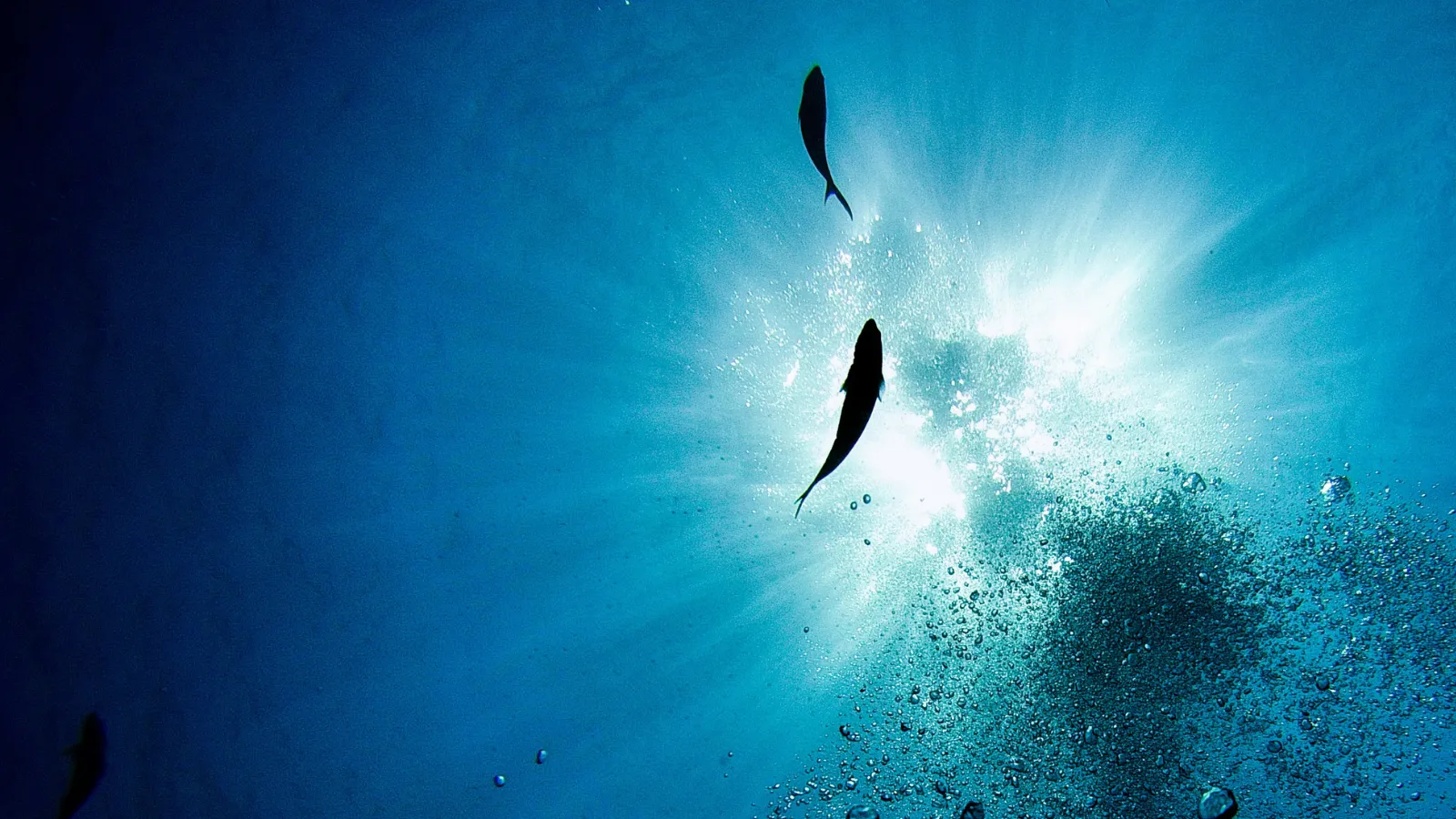
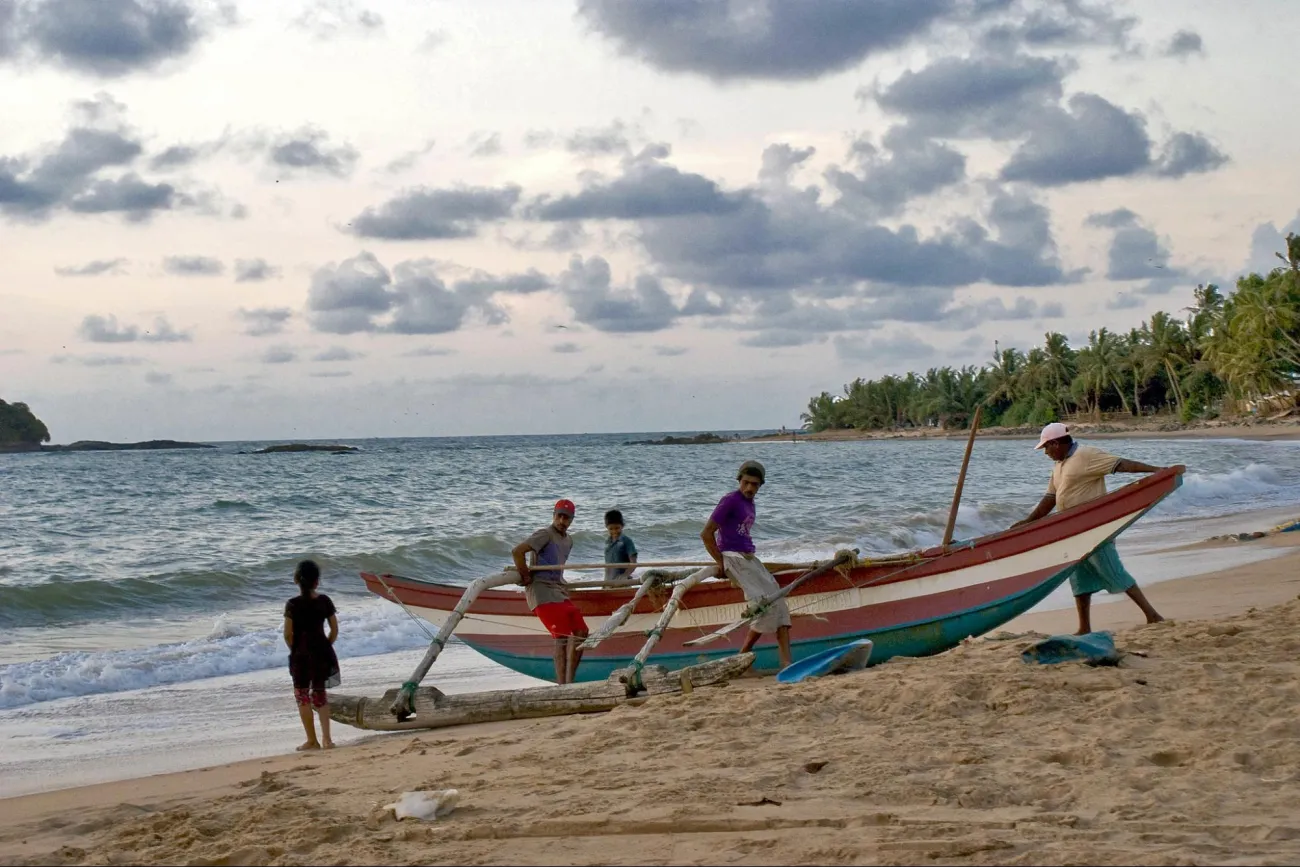
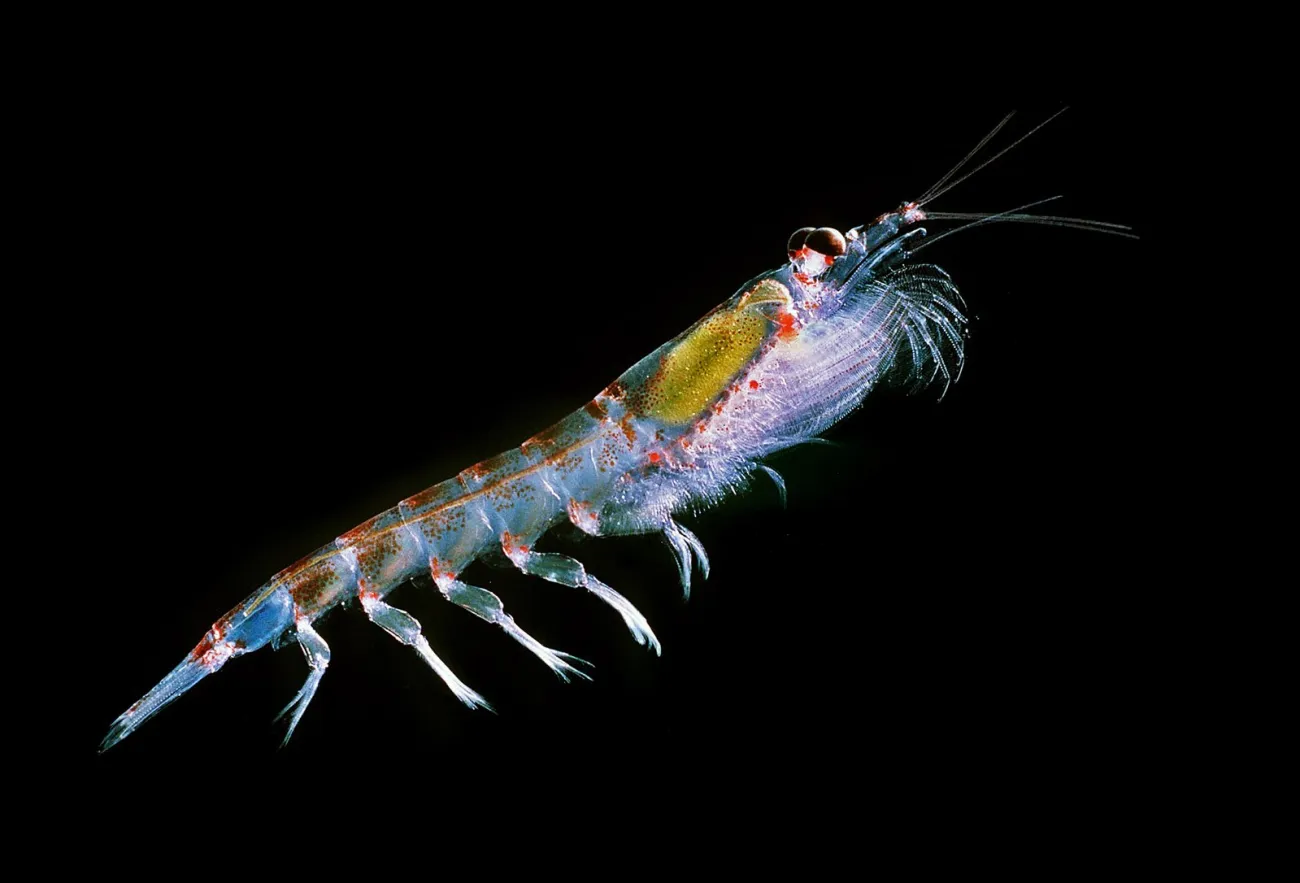
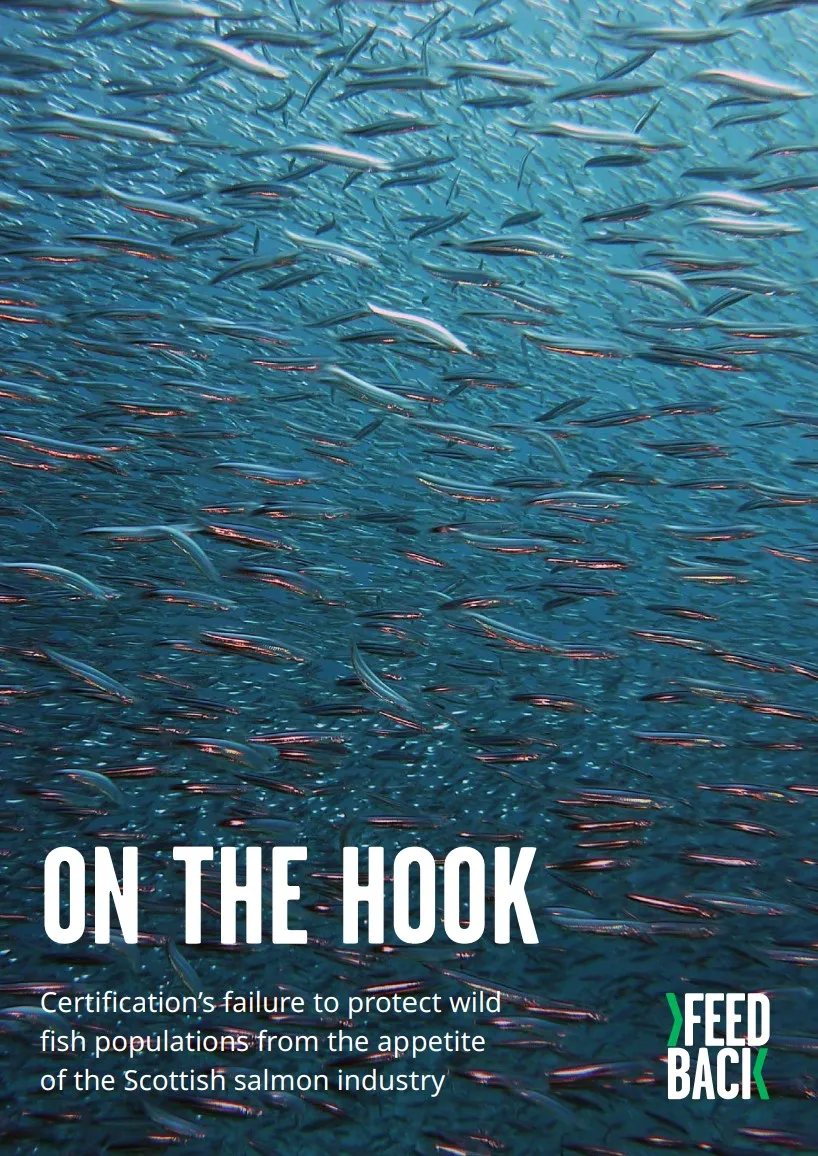
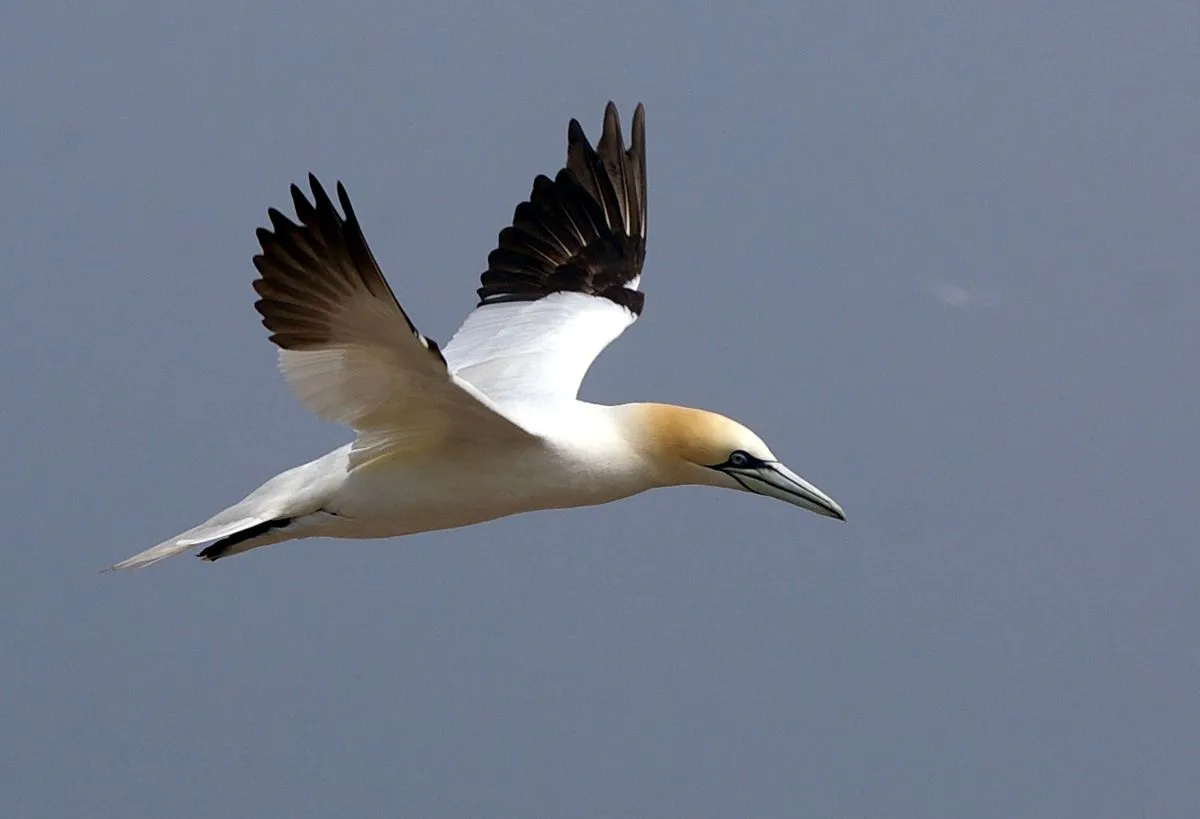
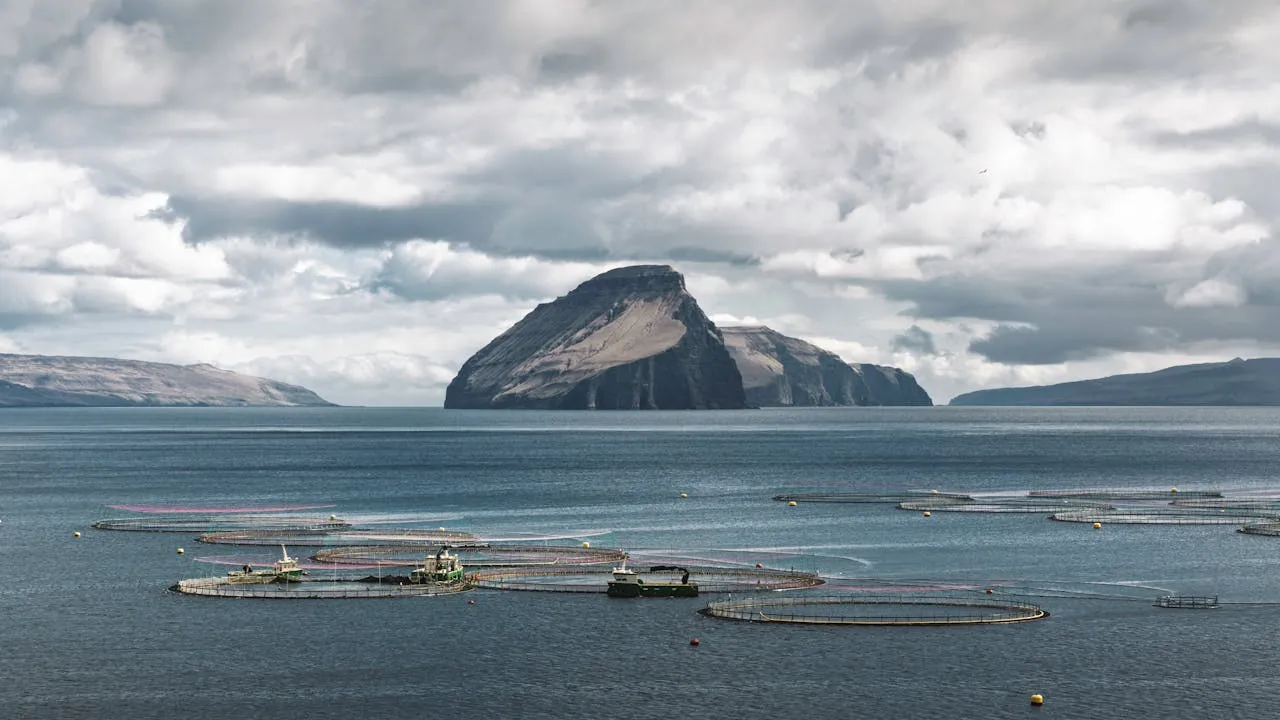

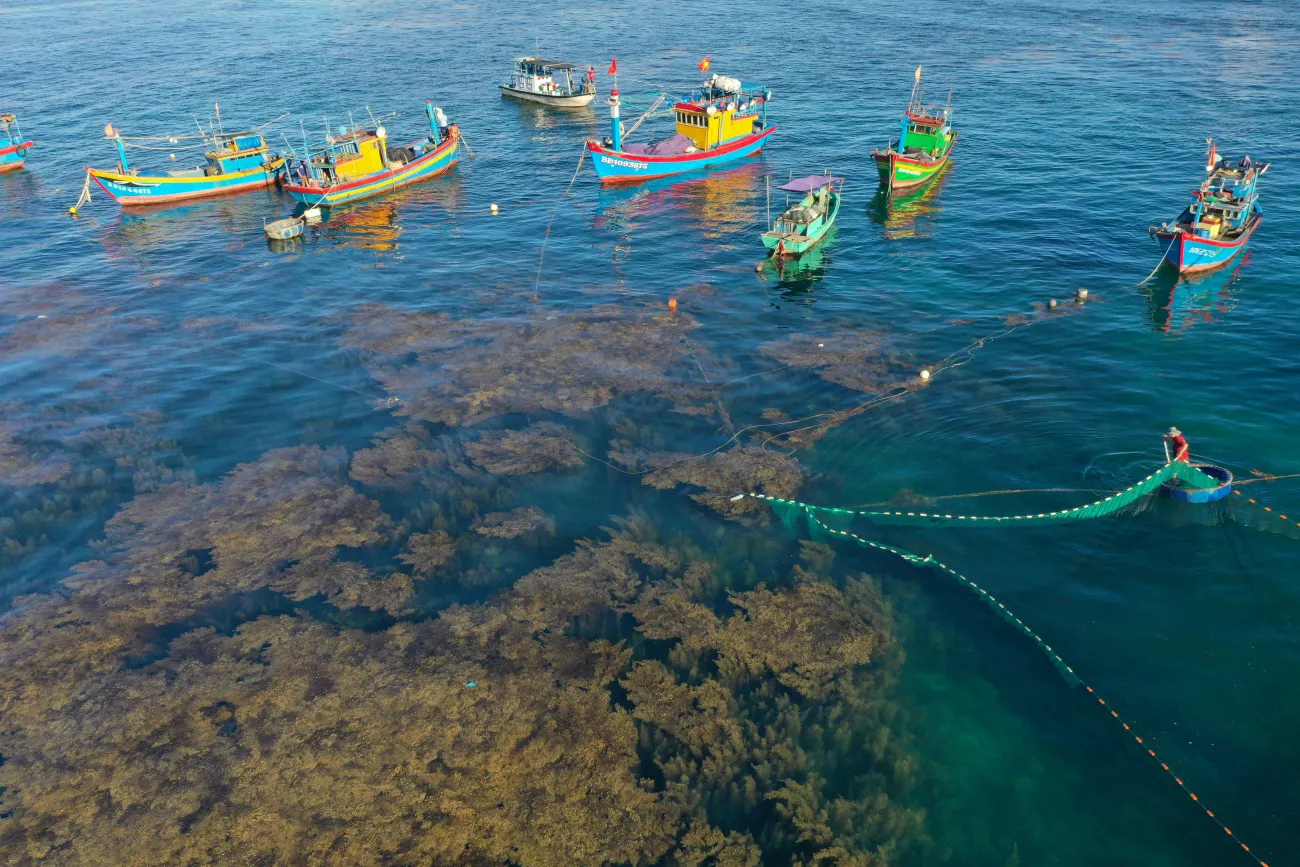
Comments (0)